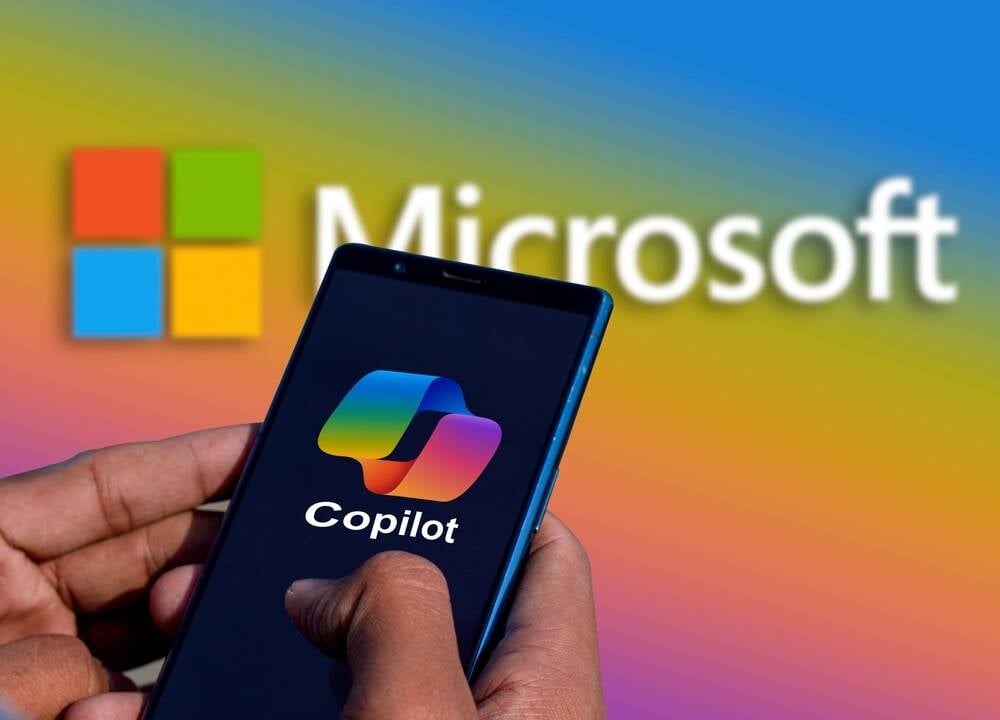Description:
Qwen3-Nemotron-32B-RLBFF is a large language model that leverages Qwen/Qwen3-32B as the foundation and is fine-tuned to improve the quality of LLM-generated responses in the default thinking mode.
Given a conversation with multiple turns between user and assistant, it generates a response to the final user turn.
This is a research model described in and is released to support the following research paper: https://arxiv.org/abs/2509.21319
As of 24 Sep 2025, this model achieves Arena Hard V2 of 55.6% and WildBench Score of 70.33% and MT Bench of 9.50. This means that our model is substantially improved over the initial Qwen3-32B model and has similar performance compared to DeepSeek R1 and O3-mini at less than 5% of the inference cost (as indicated on openrouter).
License/Terms of Use:
GOVERNING TERMS: Use of this model is governed by the NVIDIA Open Model License.
Deployment Geography
Global
Use Case:
Qwen3-Nemotron-32B-RLBFF generates an response to a user query.
Release Date:
HuggingFace 10/27/2025 via https://huggingface.co/nvidia/Qwen3-Nemotron-32B-RLBFF
References:
LeaderBoards
Arena Hard V2, WildBench and MT Bench are common benchmarks for measuring general-domain model capabilities.
| Qwen3-Nemotron-32B-RLBFF | 9.50 | 55.6 (-1.6 / +1.4) | 70.33 | 71.73 | 70.73 | 69.37 | 68.96 | 70.94 | 0.018 | 0.072 | 1× |
| Qwen3-32B | 9.38 | 44.0 (-1.6 / +1.5) | 67.57 | 68.63 | 67.95 | 64.68 | 66.78 | 69.53 | 0.018 | 0.072 | 1× |
| o3-mini | 9.26 | 50.0 (-0.0 / +0.0) | 71.64 | 69.04 | 72.44 | 74.37 | 65.81 | 73.21 | 1.1 | 4.4 | 61× |
| Claude-3.7-Sonnet (Thinking) | 8.93 | 54.2 (-2.0 / +1.8) | 65.45 | 66.72 | 65.94 | 63.59 | 63.08 | 67.36 | 3 | 15 | 188× |
| DeepSeek R1 | 9.49 | 57.4 (-2.0 / +2.0) | 64.24 | 70.75 | 66.29 | 59.20 | 68.56 | 61.04 | 0.4 | 2 | 25× |
Model Architecture:
Architecture Type: Transformer
Network Architecture: Qwen3
We developed this model using Qwen/Qwen3-32B as its foundation. This model contains 32 billion parameters.
Input:
Input Type(s): Text
Input Format: String
Input Parameters: One Dimensional (1D)
Other Properties Related to Input: Max of 128k tokens (but trained only on conversations up to 4K tokens)
Output:
Output Type(s): Text
Output Format: String
Output Parameters: One-Dimensional (1D)
Other Properties Related to Output:
Our AI models are designed and/or optimized to run on NVIDIA GPU-accelerated systems. By leveraging NVIDIA’s hardware (e.g. GPU cores) and software frameworks (e.g., CUDA libraries), the model achieves faster training and inference times compared to CPU-only solutions.
Software Integration:
Runtime Engine(s):
- [NeMo-RL - 0.3]
Supported Hardware Microarchitecture Compatibility:
- NVIDIA Ampere
- NVIDIA Hopper
- NVIDIA Turing
Supported Operating System(s): Linux
Quick Start
You can use the model using HuggingFace Transformers library with 1 or more 80GB GPUs (NVIDIA Ampere or newer) with at least 70GB of free disk space to accomodate the download. Alternatively, you can use vLLM for accelerated inference.
This code has been tested on Transformers v4.57.0, torch v2.3.0a0+40ec155e58.nv24.3 and 1 H100 80GB GPUs, but any setup that supports Qwen/Qwen3-32B should support this model as well. If you run into problems, you can consider doing pip install -U transformers.
import torch from transformers import AutoModelForCausalLM, AutoTokenizer model_name = "nvidia/Qwen3-Nemotron-32B-RLBFF" model = AutoModelForCausalLM.from_pretrained(model_name, torch_dtype=torch.bfloat16, device_map="auto") tokenizer = AutoTokenizer.from_pretrained(model_name) prompt = "How many r are there in strawberry?" messages = [{'role': "user", "content": prompt}] tokenized_message = tokenizer.apply_chat_template(messages, tokenize=True, add_generation_prompt=True, return_tensors="pt", return_dict=True) response_token_ids = model.generate(tokenized_message['input_ids'].cuda(),attention_mask=tokenized_message['attention_mask'].cuda(), max_new_tokens=16000, return_dict_in_generate=True, output_scores=True) response = tokenizer.decode(response_token_ids.sequences[0].tolist()) print(response)Model Version:
v1.0
Training Datasets:
Dataset Name: HelpSteer3
Dataset Link: https://huggingface.co/datasets/nvidia/HelpSteer3
Data Collection Method by dataset
- [Hybrid: Human, Synthetic]
Labeling Method by dataset
- [Human]
Properties:
- 77,564 prompt-responses, each annotated with up to 3 annotations of free-text feedback (each being 50-250 words long) elaborating upon the overall helpfulness of the response.
Testing Datasets:
Dataset Name: HelpSteer3
Dataset Link: https://huggingface.co/datasets/nvidia/HelpSteer3
Data Collection Method by dataset
- [Hybrid: Human, Synthetic]
Labeling Method by dataset
- [Human]
Properties:
- 4,078 prompt-responses, each annotated with up to 3 annotations of free-text feedback (each being 50-250 words long) elaborating upon the overall helpfulness of the response.
Evaluation Datasets
Dataset Name: Arena Hard Auto V2
Dataset Link: https://github.com/lmarena/arena-hard-auto
Data Collection Method by dataset
- [Hybrid: Human, Synthetic]
Labeling Method by dataset
- [Hybrid: Human, Synthetic]
Properties:
- 500 prompts
Dataset Name: WildBench
Dataset Link: https://github.com/allenai/WildBench
Data Collection Method by dataset
- [Hybrid: Human, Synthetic]
Labeling Method by dataset
- [Hybrid: Human, Synthetic]
Properties:
- 1024 prompts
Dataset Name: MT-Bench
Dataset Link: https://huggingface.co/spaces/lmsys/mt-bench
Data Collection Method by dataset
- [Hybrid: Human, Synthetic]
Labeling Method by dataset
- [Hybrid: Human, Synthetic]
Properties:
- 160 prompts
Engine: PyTorch
Test Hardware: H100, A100 80GB, A100 40GB
Ethical Considerations:
NVIDIA believes Trustworthy AI is a shared responsibility and we have established policies and practices to enable development for a wide array of AI applications. When downloaded or used in accordance with our terms of service, developers should work with their supporting model team to ensure this model meets requirements for the relevant industry and use case and addresses unforeseen product misuse. For more detailed information on ethical considerations for this model, please see the Model Card++ Explainability, Bias, Safety and Security, and Privacy Subcards.
Please report security vulnerabilities or NVIDIA AI Concerns here.
Citation
If you find this model useful, please cite the following work:
@misc{wang2025rlbffbinaryflexiblefeedback, title={RLBFF: Binary Flexible Feedback to bridge between Human Feedback | Verifiable Rewards}, author={Zhilin Wang and Jiaqi Zeng and Olivier Delalleau and Ellie Evans and Daniel Egert and Hoo-Chang Shin and Felipe Soares and Yi Dong and Oleksii Kuchaiev}, year={2025}, eprint={2509.21319}, archivePrefix={arXiv}, primaryClass={cs.CL}, url={https://arxiv.org/abs/2509.21319}, }.png)

![AMD RDNA 2 Driver Support [video]](https://www.youtube.com/img/desktop/supported_browsers/chrome.png)


